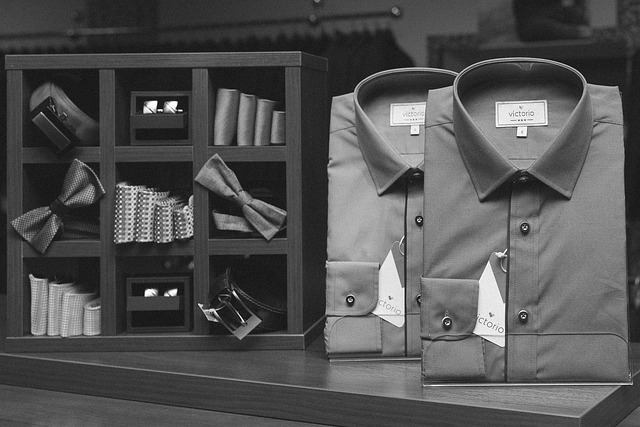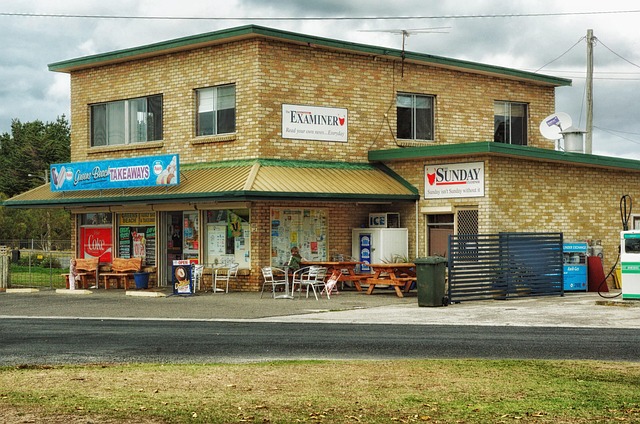Real estate professionals are transforming urban spaces by prioritizing experiential storefronts over traditional retail. Adaptive designs, flexible leasing, and creative events like pop-up shops and workshops attract customers and build community. Technological advancements like interactive displays and AR, coupled with event-driven concepts, drive the shift towards immersive retail experiences that foster brand loyalty in competitive markets.
Experiential storefronts are transforming urban spaces, revolutionizing the way we shop. In today’s competitive market, real estate plays a pivotal role in luring new customers with immersive experiences. From interactive displays to themed environments, these innovative retail concepts captivate folks and foster memorable brand connections. This article explores how experiential design is reshaping the future of retail, highlighting trends and innovations that offer exciting prospects for businesses and property developers alike.
Transforming Urban Spaces: Real Estate's Role

Urban spaces are undergoing a metamorphosis, thanks in part to the innovative strategies employed by real estate professionals. Experiential storefronts, designed to captivate and engage customers, are transforming traditional retail landscapes. By prioritizing immersive experiences over mere product displays, these new approaches aim to lure curious onlookers into becoming active participants in the shopping journey.
Real estate plays a pivotal role in facilitating this transformation, offering opportunities for creative design and flexible leasing terms that encourage out-of-the-box thinking. Adaptable spaces that can accommodate pop-up shops, interactive exhibits, or collaborative workshops not only attract diverse audiences but also foster a sense of community and belonging, ultimately enhancing the overall urban experience.
Immersive Experiences: Attracting Customers

In today’s competitive retail landscape, experiential storefronts are revolutionizing how businesses attract and engage customers. By creating immersive experiences that go beyond traditional shopping, real estate developers and retailers are luring new audiences and fostering stronger connections. These strategies transform ordinary spaces into vibrant hubs, where shoppers can explore, interact, and immerse themselves in a brand’s story.
From interactive displays to themed environments, experiential storefronts offer unique, memorable journeys. For instance, a clothing store might host virtual fashion shows or create pop-up art installations, encouraging customers to spend more time browsing and increasing the likelihood of purchases. This shift towards immersive retailing is a game-changer, as it leverages space creatively, making shopping an event worth remembering—a key factor in standing out from the competition in a crowded market.
The Future of Retail: Trends and Innovations

The future of retail is evolving, driven by technological advancements and shifting consumer preferences. Experiential storefronts are rising in popularity, offering immersive and engaging shopping experiences that captivate customers. This trend is transforming traditional retail spaces into dynamic hubs where consumers can interact, explore, and connect with brands on a deeper level.
Real estate plays a pivotal role in this transformation, as retailers and developers collaborate to create unique, experiential environments. From interactive displays and augmented reality (AR) features to pop-up shops and event-driven concepts, these innovative retail strategies are redefining customer engagement. By incorporating technology seamlessly into the shopping journey, retailers are fostering deeper brand loyalty and driving foot traffic in competitive markets.






